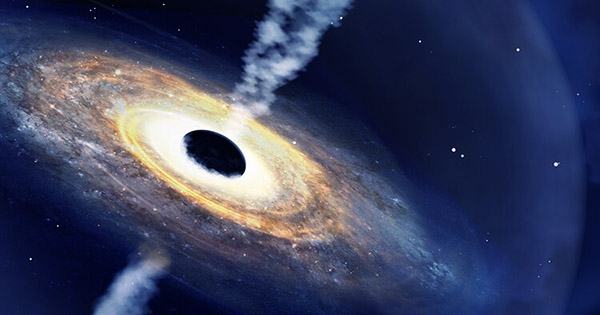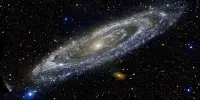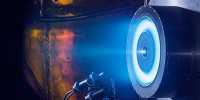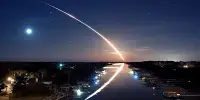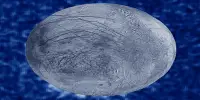When did the first stars start to burn? Researchers are now closer than ever to the North. Work led by UK scientists puts the cosmic dawn within 350 million years after the Big Bang. The researchers further believe that the first galaxies hosting these first stars could soon be observable on our instruments. The study, published in the monthly notices of the Royal Astronomical Society, expanded our understanding of one of the most mysterious periods in our universe: the cosmic Dark Age. For millions of years, no (visible) light has shown in the universe. Slowly but surely, the gas to dissipate into larger clouds – and the first stars were born from these clouds due to a gravitational collapse.
The team guessed it by looking at six of the most distant galaxies previously discovered. Looking farther into the universe is like looking at the past because of the limitations of the speed of light. The light of these half-dozen objects comes to us when the age of the universe was 550 million years. They then guessed the age of these galaxies, referring to when they were born among them. Lead author Dr Nicolas Laporte, from the University of Cambridge said in a statement, “A major discovery in astronomy that testifies to the moment when the universe first bathed in stars.”
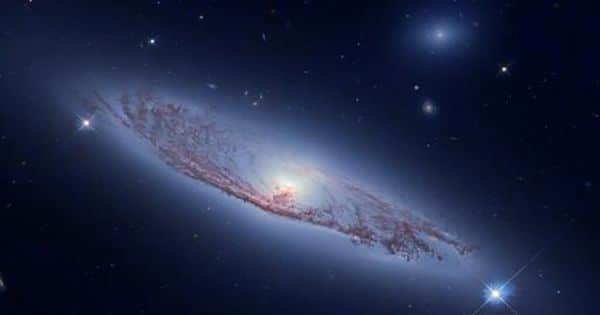
“Our observations indicate that the universe began 250 to 350 million years after the beginning of the universe, and at the time of its formation, galaxies like the studies we have done would have been sufficiently illuminated to meet the James Webb space telescope.” For observations by the Hubble and Spitzer Space Telescopes, the team was able to estimate the presence of nuclear hydrogen. In the Cosmic Dark Ages, all hydrogen was atomic hydrogen, but the starlight ripped off electrons from that hydrogen atom (a process called ionization). By the end of the cosmic dawn, the vast majority of the universe’s hydrogen was ionized again.
This fact is important – by estimating how much hydrogen is left in the galaxy to ionize, you can work out how long its stars have been active, a good way to date these issues and the formation of their stars.
